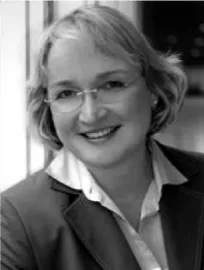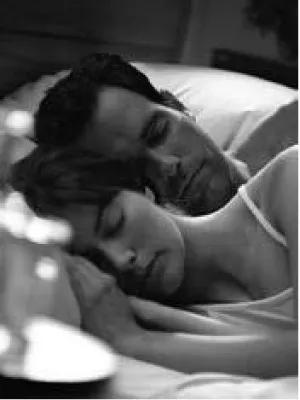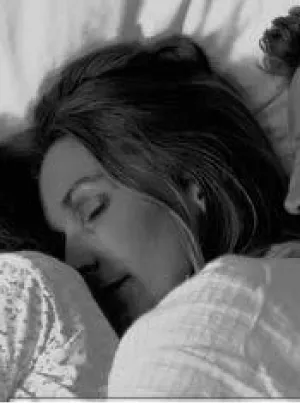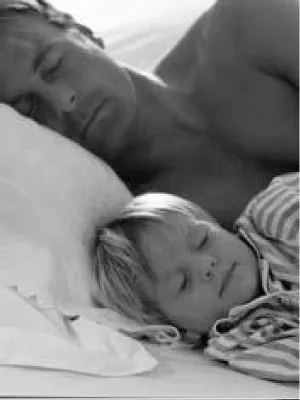Journal of Dental Problems and Solutions
Dental Treatment of Snoring and Sleep Apnea
Susanne Schwarting*
Cite this as
Schwarting S (2018) Dental Treatment of Snoring and Sleep Apnea. J Dent Probl Solut 5(2): 035-036. DOI: 10.17352/2394-8418.000061Quite often it is a source of amusement and quite often it is hushed up: SNORING! One third of the adult population snores and knows the problems in everyday life which result from snoring. However, what a lot of people do not know is that snoring can be one indication of a serious health problem called obstructive sleep apnea (OSA). This is the reason why more than 90% of the people with sleep apnea go undiagnosed.
Two to four per cent of the population suffer from sleep apnea. They experience recurrent episodes while sleeping when their throats close and they cannot draw air into their lungs (apnea). This happens because, the muscles that normally hold the throat open during waking hours relax during sleep and allow it to narrow. Breathing through this narrow airway leads to strong vibrations of the soft tissue and this causes snoring. When the muscles relax too much, trying to inhale blocks the throat completely and air cannot pass at all. A cessation of breathing must last 10 seconds or more to be called apnea. These episodes can last as long as two minutes and are associated with a reduction in the blood oxygen level. With an “alarm” micro arousal the brain terminates the apnea and the individual wakes up, thus saving his life. This arousal increases the activity of the muscles of the tongue and throat that enlarge the airway. The patient will be able to breathe and to once again fill his lungs with life-giving oxygen. This cycle may be repeated hundreds of times a night while the sufferer has no idea of what is happening.
When we consider the consequences of OSA, such as high blood pressure, heart attack and stroke, OSA is a potentially life threatening disease. In addition, waking up hundreds of times a night disturbs the physiological sleep pattern and the individual wakes up unrefreshed in the morning. Because of excessive daytime sleepiness, he runs the risk of falling asleep while driving or causing accidents at work.
People with loud snoring, daytime sleepiness and whose family members report apneas during sleep have a high likelihood of suffering from OSA and should contact their physician. He should refer the patient for a diagnostic sleep study either in their home (home sleep study) or in a sleep disorder center (polysomnography). The gold standard of sleep apnea treatment is continuous positive airway pressure (CPAP). Every night the patient wears a nasal mask which is attached to a compressor like machine via a hose through which air is forced. This “pneumatic splint” keeps the airway open to allow normal breathing without apneas. Sleep becomes restorative again and for the patients, CPAP therapy dramatically improves their daytime functioning as well as their general health. But CPAP ventilation is very cumbersome and there are common complaints of the machine being too noisy, the mask irritating the face, claustrophobia, inconvenience of being connected to a machine and an inability to sleep in all positions. So long-term compliance decreases below 70% and results in a large number of patients remaining untreated. Additionally the improved ability to diagnose OSA identifies more and more patients who are not obese and do not suffer from excessive daytime sleepiness, but are at risk of cardiovascular complications. However, finding more tolerable and successful treatment options for OSA has not kept pace with such diagnostic advances. What now?
Oral appliance therapy
As such, a challenging new interdisciplinary field has opened to dentists all over the world. Oral appliances (mandibular repositioning appliances MRA) are small devices that are worn in the mouth similar to orthodontic retainers or sports mouth guards. They hold the mandible in a forward position during sleep and prevent the soft tissue of the throat and the tongue from collapsing into the airway thus alleviating snoring and apneas. Dentists from the United States and Canada have been involved in the therapy of sleep disordered breathing for more than 30 years. Successful teams consist of physicians who have a basic knowledge of oral appliance therapy and dentists with a basic knowledge of sleep disordered breathing and a broad expertise in the design and management of various types of oral appliances. First of all a sleep physician diagnoses the patient and, according to international guidelines [1,2], he prescribes an oral appliance. MRAs are recommended as a first line therapy for patients with mild to moderate sleep apnea (ApneaHypopnea-Index ≤ 30/hour). In patients with severe sleep apnea MRAs are recommended as a second line treatment if the patient does not tolerate CPAP. The dental sleep professional decides on the type of MRA taking into account the patient´s dental and myofunctional status. After taking impressions and the bite registration, a custom made appliance is fitted. The American Academy of Dental Sleep Medicine is defining effective oral appliances for the treatment of sleep apnea as follows: An oral appliance is custom fabricated using digital or physical impressions and models of an individual patient’s oral structures. As such, it is not a primarily prefabricated item that is trimmed, bent, relined or otherwise modified [3]. Today, modern titratable double splint systems, covering the upper and lower dentition allow controlled protrusion to achieve an unrestricted airway while offering maximal comfort. On-going monitoring is essential for treatment success in order to watch out for potential side effects and to manage them should they occur.
Academies of dental sleep medicine
Dental Sleep Medicine has become increasingly involved and integrated into the proliferating science of sleep medicine. In 1991, the American Academy of Dental Sleep Medicine AADSM was founded to act as a platform for dental sleep medicine and to foster professional exchanges for dentists and physicians in this new field. Since its foundation in 2000, the network of the German Society of Dental Sleep Medicine DGZS is open to dentists who have specialized in oral appliance therapy and who collaborate with sleep physicians as a part of a multidisciplinary team.
A new European scientific platform for dentists and physicians started in 2004: The European Academy of Dental Sleep Medicine. EADSM promotes evidence-based dental sleep medicine and unites experts from all over Europe who value the best standard of care for the dental treatment of sleep-related breathing disorders. The demand from sleep physicians and patients for qualified dental sleep professionals in this exciting and rapidly evolving science of dental sleep medicine is certain to increase in the future.
- Clinical Practice Guideline for the Treatment of Obstructive Sleep Apnea and Snoring with Oral Appliance Therapy (2015): An Update for 2015. An American Academy of Sleep Medicine and American Academy of Dental Sleep Medicine Clinical Practice Guideline. Journal of Dental Sleep Medicine 2: 71-90.
- Schwarting (2007) Position paper on the use of mandibular advancement devices in adults with sleep-related breathing disorders. A position paper of the German Society of Dental Sleep Medicine DGZS. Sleep Breath 11: 125-126. Link: https://goo.gl/9Gt5d5
- Scherr SC, DDS, Moderator, Dort LC, DDS, Moderator, et al. (2014) Definition of an effective oral appliance for the treatment of obstructive sleep apnea and snoring. Journal of Dental Sleep Medicine 1(1): 39-50. Link: https://goo.gl/ZmD3bE
Article Alerts
Subscribe to our articles alerts and stay tuned.
 This work is licensed under a Creative Commons Attribution 4.0 International License.
This work is licensed under a Creative Commons Attribution 4.0 International License.





 Save to Mendeley
Save to Mendeley
